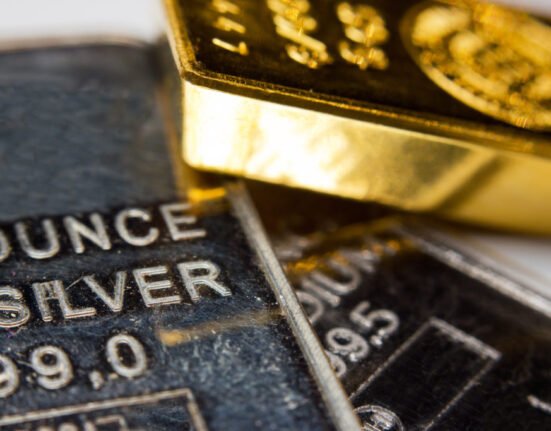Investors have many ways to gain exposure to gold, from directly purchasing gold bullion to more indirect methods like owning shares of public mining companies. While some funds invest directly in the physical metal, others manage a portfolio of gold-related stocks.
To get in on the action, the most efficient approach for retail investors is through exchange-traded funds (ETFs) with gold as their underlying asset. Gold ETFs are convenient because they can be purchased through most online brokers, often at a low cost. Here’s a look at some of the most widely held gold ETFs.
Bankrate selected its top funds based on the following criteria:
-
U.S. funds that appear in ETF.com’s screener for gold or materials ETFs
-
Assets under management of at least $800 million
-
Expense ratios under 0.60 percent
(ETF performance data mentioned below is as of May 21, 2025.)
GLD is one of the most popular ETFs available. The fund invests in physical gold, and its performance is highly correlated to gold spot prices.
-
2025 YTD performance: 25.4 percent
-
Five-year annual return: 13.0 percent
-
Expense ratio: 0.40 percent
Another popular option, this fund also tracks the spot price of gold by investing in gold bars held in vaults around the world. But compared to GLD, its expense ratio is lower.
-
2025 YTD performance: 25.5 percent
-
Five-year annual return: 13.2 percent
-
Expense ratio: 0.25 percent
RING is a popular ETF in the global mining sector. This BlackRock ETF gives you exposure to all the major international companies that derive most of their revenues from gold mining — and with an expense ratio lower than other similar funds.
-
2025 YTD performance: 45.5 percent
-
Five-year annual return: 8.0 percent
-
Expense ratio: 0.39 percent
This fund invests in foreign small-cap mining companies that generate at least half of their revenues from gold and silver. Nearly 50 percent of these companies are based in Canada.
-
2025 YTD performance: 45.7 percent
-
Five-year annual return: 6.9 percent
-
Expense ratio: 0.51 percent
This ETF invests directly in gold held in a London vault and overseen by ICBC Standard Bank, and its price should track the spot price of the precious metal relatively closely.
-
2025 YTD performance: 25.5 percent
-
Five-year annual return: 13.3 percent
-
Expense ratio: 0.175 percent
Investors may find gold to be an attractive investment for a variety of reasons.
-
Diversification: The most common reason retail investors buy gold ETFs is diversification. Owning various investments minimizes the risk of having too much exposure to a single asset.
-
Lower correlation to the stock market: Historically, gold has had a low correlation to the stock market, smoothing a portfolio’s returns. For example, during the financial crisis in 2008, gold prices rose 2 percent while the S&P 500 index plunged 37 percent. More recently, gold prices have spiked this year in the wake of recession worries and tariff tensions.
-
Hedge against inflation: Gold may also serve as a hedge against inflation because it’s performed well during periods of high inflation in the past, particularly the 1970s. But there’s no guarantee gold will increase alongside inflation over time.
-
Safe haven asset and store of value: Additionally, in times of political or social turmoil, investors often flock to gold as a safe haven, leaving behind more volatile assets.







